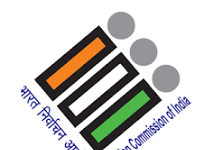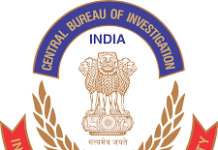
The first PV Narsimha Rao government budget, a budget which would alter Indian economy, was presented by Manmohan Singh on the 24th of July 1991. While the intellectual argument for reform was growing long before 1991, it took Rao — at the time a minority government — to see through an economic crisis and to defuse politics both within and outside his party. The reforms sparked a fierce debate, but in the last 30 years, they have enjoyed a rare bipartite consensus and have survived many regimes.
The nature of economic challenges is very different from what they were 30 years ago, at a time when the Indian economy is trying to recover from its largest ever contraction. The 30th anniversary of Manmohan Singh’s first Budget is an excellent opportunity to reflect on the 1991 Budget, retrace the steps, and, perhaps, ask the right questions.
How serious was the immediate crisis before 1991 Budget?
Manmohan Singh’s 1991 Budget speech made no attempt to hide the extent of the economic crisis prevailing then.
“The new Government, which assumed office barely a month ago, inherited an economy in deep crisis. The balance of payments situation is precarious…We have been at the edge of precipice since December 1990 and more so since April 1991…The people of India have to face double digit inflation which hurts most the poorer sections of our society. In sum, the crisis in our economy is both acute and deep. We have not experienced anything similar in the history of independent India.”
How bad was the foreign exchange and inflation situation at the time?
The balance of payment crisis was much larger than the inflation crisis, according to data on inflation, foreign exchange reserves, and trade.
Under the Consumer Price Index for Industrial Workers, or CPI (IW) series, we have inflation data dating back to 1961-62. When Singh presented his Budget in July 1991, the CPI (IW) had been in double digits since October 1990. Until September 1992, it would remain above ten percent.
In 1990-91 and 1991-92, annual CPI (IW) growth was 11.2 percent and 13.48 percent, respectively. The country had previously experienced worse or comparable inflationary episodes. The worst years of oil shock were the 1970s. In 1973-74 and 1974-75, the CPI (IW) increased by 20.59 percent and 26.75 percent, respectively. Inflation rates in 1966-67 and 1967-68 were 12.11 percent and 12.36 percent, respectively. The years 1980-81 and 1981-82 were also marked by double-digit inflation.
In his Budget speech, Manmohan Singh stated, “The current level of foreign exchange reserves, in the range of 2,500 crore, would suffice to finance imports for a mere fortnight.”






